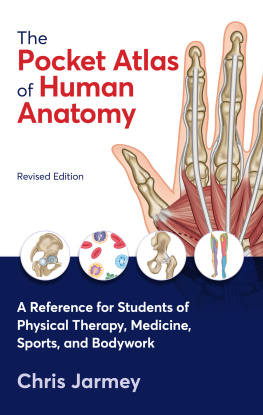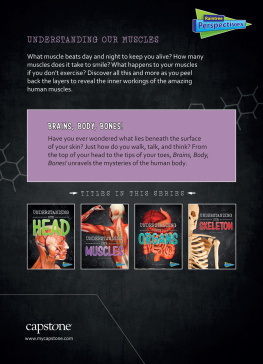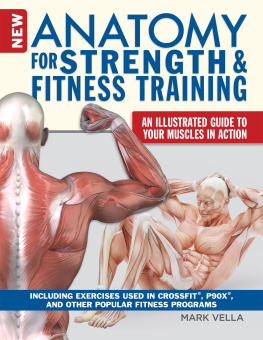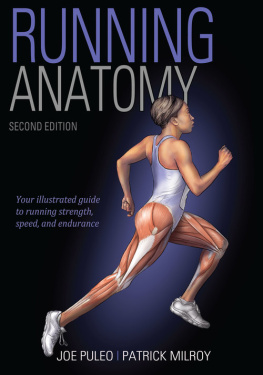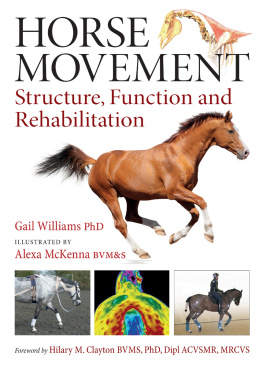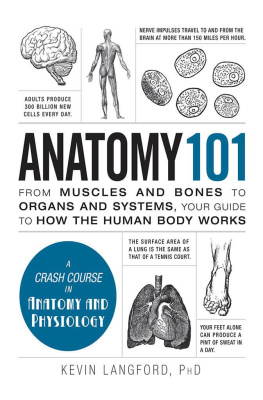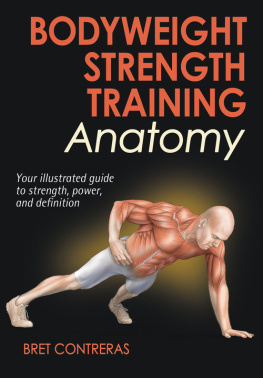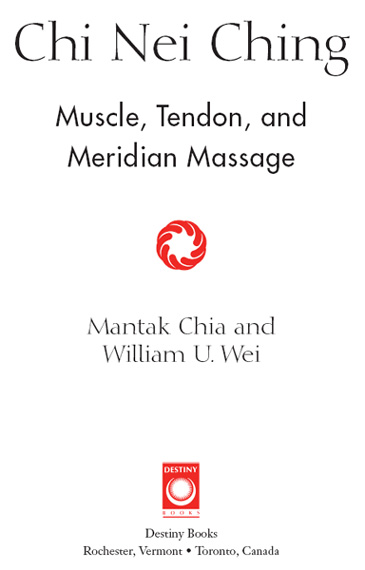
Acknowledgments
The Universal Tao publications staff involved in the preparation and production of Chi Nei Ching extend our gratitude to the many generations of Taoist Masters who have passed on their special lineage, in the form of an unbroken oral transmission, over thousands of years. We thank Taoist Master I Yun Yi Eng for his openness in transmitting the formulas of Taoist Inner Alchemy.
We also wish to thank the Chi Nei Tsang teacher Dr. Mui Yimwattana, who has worked so patiently to teach his students. Special thanks to Intorn Hoykaew for understanding and teaching the Tok Sen techniques.

Master Mui Yimwattana
We offer our eternal gratitude and love to our parents and teachers for their many gifts to us. Remembering them brings joy and satisfaction to our continued efforts in presenting the Universal Healing Tao system. As always, their contribution has been crucial in presenting the concepts and techniques of the Universal Healing Tao. We also wish to thank the thousands of unknown men and women of the Taoist healing arts who developed many of the methods and ideas presented in this book.
Special thanks to Koravee Tharnpipat for translating portions of the text from Thai into English.
We thank the many contributors essential to this books final form: the editorial and production staff at Inner Traditions/Destiny Books for their efforts to clarify the text and produce a handsome new edition of the book, Nancy Yeilding for her developmental edit, and Gail Rex for her line edit of the new edition.
For their efforts on the first edition of this book, we thank our Thai production team: Hirunyathorn Punsan, Sopitnapa Promnon, Udon Jandee, and Suthisa Chaisam.
Putting Chi Nei Ching into Practice
The information presented in this book is based on the authors personal experience and knowledge of Taoist healing and practices. The practices described in this book have been used successfully for thousands of years by Taoists trained by personal instruction. Readers should not undertake the practices without receiving personal transmission and training from a certified instructor of the Universal Healing Tao, since certain of these practices, if done improperly, may cause injury or result in health problems. This book is intended to supplement individual training by the Universal Healing Tao and to serve as a reference guide for these practices. Anyone who undertakes these practices on the basis of this book alone, does so entirely at his or her own risk.
The meditations, practices, and techniques described herein are not intended to be used as an alternative or substitute for professional medical treatment and care. If any readers are suffering from illnesses based on mental or emotional disorders, an appropriate professional health care practitioner or therapist should be consulted. Such problems should be corrected before you start training.
Neither the Universal Healing Tao nor its staff and instructors can be responsible for the consequences of any practice or misuse of x Putting Chi Nei Ching into Practice the information contained in this book. If the reader undertakes any exercise without strictly following the instructions, notes, and warnings, the responsibility must lie solely with the reader.
This book does not attempt to give any medical diagnosis, treatment, prescription, or remedial recommendation in relation to any human disease, ailment, suffering, or physical condition whatsoever.
Introduction
The Concepts of Chi Nei Ching
Chi Nei Ching is the fourth and final book in the Chi Nei Tsang series, which focuses on massage techniques that move energy (chi) throughout the body while releasing and opening up its passages. The first three books in the seriesChi Nei Tsang, Advanced Chi Nei Tsang, and Karsai Nei Tsangfocus on organs and meridians deep within the body, while this volume focuses on the meridians, muscles, and tendons that are closer to the bodys surface. The goal of Chi Nei Ching is to improve the flow of chi in these tissues in order to eliminate health problems and improve the overall quality of life.
The concepts and practices of Chi Nei Ching represent the long history of interaction between the medical traditions of China, India, and Thailand. The approaches to health and well-being included here date back many centuries; the concept of chi is at least twenty-five centuries old and traditional Asian medicine at least twenty-two centuries old. This volume is the first to focus intensively on traditional Thai medicines contributions to the Universal Healing Tao practices.
Every aspect and part of the human body is discussed either directly or indirectly in this book. That is because the Thai approach, unlike Western medicine, is much more holistic. Nothing can be treated or discussed in isolation. Rather it must be seen as part of an organic whole that is related to, influences, and is influenced by every other part of the body.
Part 1 of this book details the particulars of Eastern and Western 2 Introduction anatomy that Chi Nei Ching practitioners rely on when administering tendon massage or other techniques. While Western anatomy maps the physical structures of tendon, muscle, and connective tissue, it is the Thai anatomy of Sen lines and the Chinese tendinomuscular meridians that relate these structures to specific signs of health and dysfunction. It is these lines and meridians that allow the skilled practitioner to turn a muscle massage into a medical treatment. Everyone, even those with just a passing interest in traditional Thai approaches to health and longevity, should have an idea of what these meridians are and how they function. Such an understanding can improve knowledge of ones body, which is essential for maintaining energy, well-being, and overall quality of life.
Part 2 explores the practices that address the tendons and muscles specifically. Chapter 4 reviews the ways that a practitioner should prepare him- or herself for working with a student. Chapter 5 details the practice of Thai therapeutic massagethe aspect of Thai holistic health care and maintenance that clears blockages from the tendons to facilitate healing and freedom of movement. From the arms and hands to the lower extremities and the trunk, Thai massage therapy facilitates improved vitality, using healing techniques that have been practiced and proven effective in Thailand for centuries.
Chapter 6 examines the unique Thai practice of Tok Sen, which uses a wooden hammer and a variety of wooden pegs known as pestles to gently tap the tissues and tendons into balance. One of the most important contributions to traditional healing in Asia, Tok Sen has its roots in Chiang Mai, Thailand. It dates back thousands of years and is a key part of the Lanna culture of the region. The primary function of Tok Sen is to treat pain issues relating to the tendons and muscles.
Chapter 7, the final chapter of the book, focuses on meridian detoxification therapy, particularly through cupping and Gua Sha, two powerful techniques that release built-up toxins from the subcutaneous tissues. The latter is dealt with in detail and includes many illustrations in addition to a discussion of the fundamental method of applying this effective folk treatment to different parts of the anatomy.
The overall purpose of this book is to present alternative treat- The Concepts of Chi Nei Ching 3 ments for illness as well as methods of health maintenance; these are intended to help our readers experience a healthy and energetic life. While some of the treatments, such as massage therapy, are somewhat familiar in the West, others, like Tok Sen and Gua Sha, are little known. Frequently a combination of treatments complements one another and amplifies the benefits of the therapy. Anyone interested in health, well-being, and longevity will benefit from this unique book.
Next page


